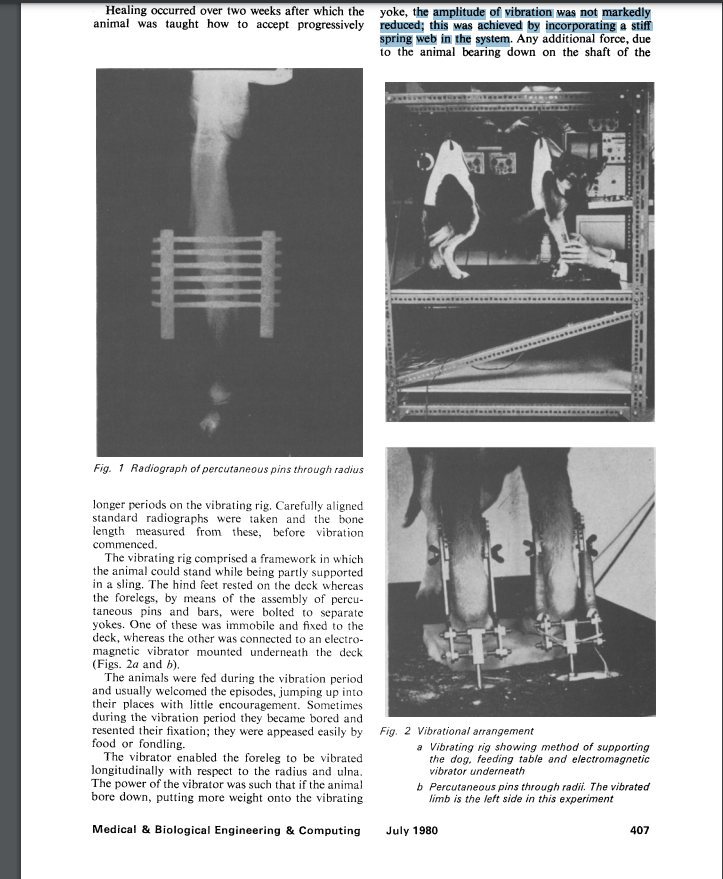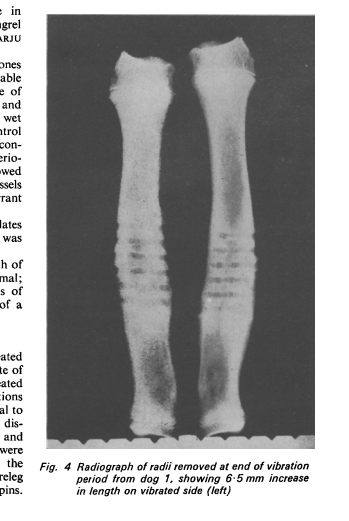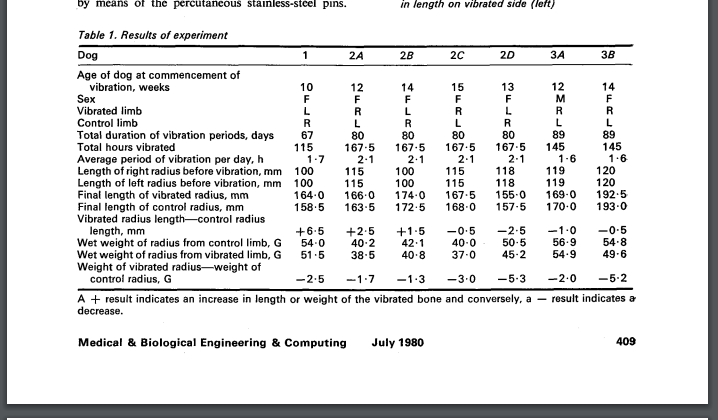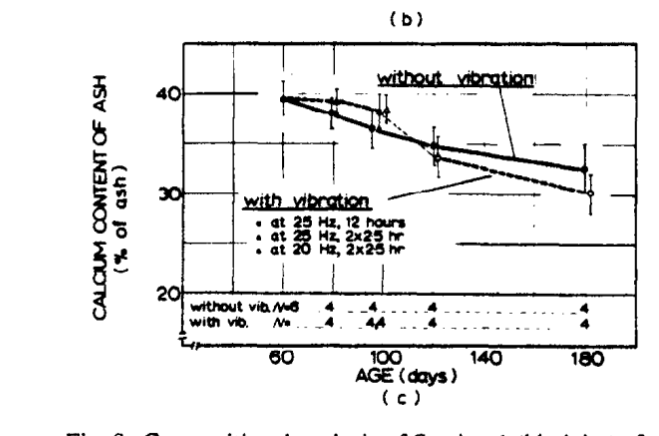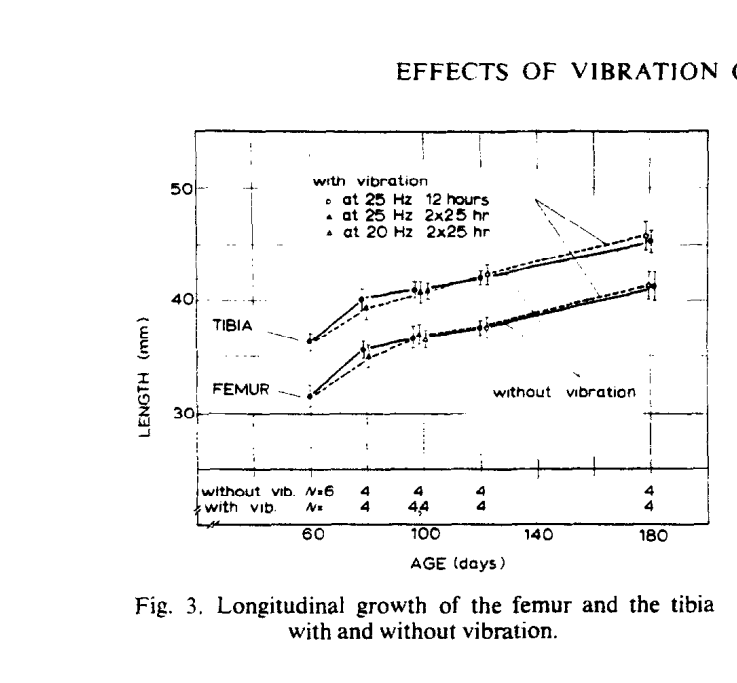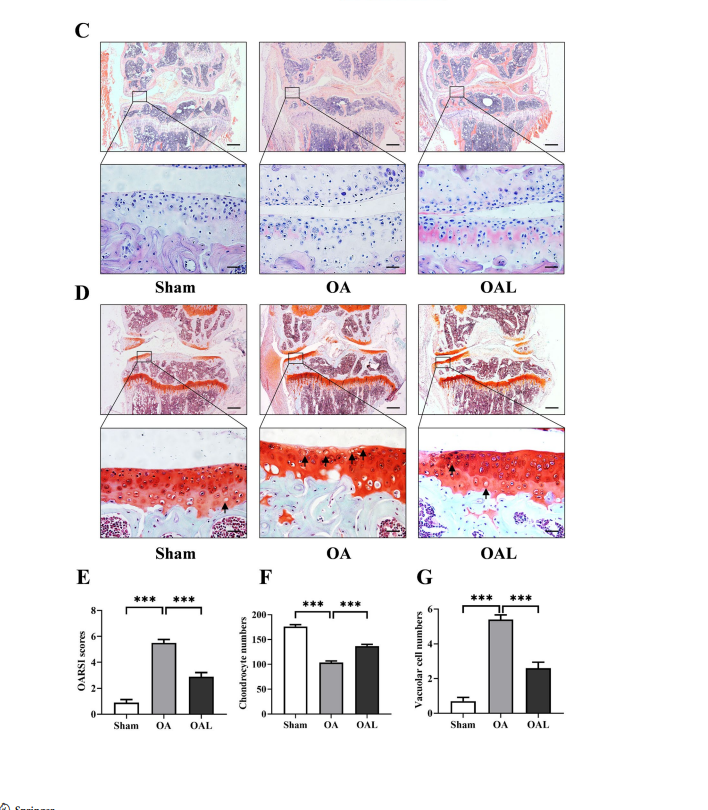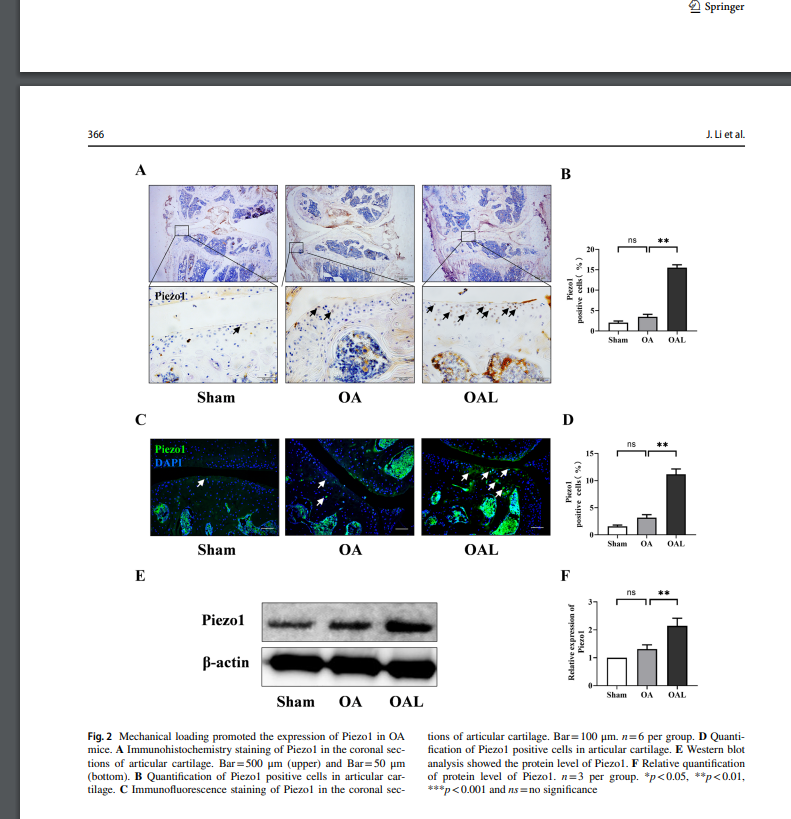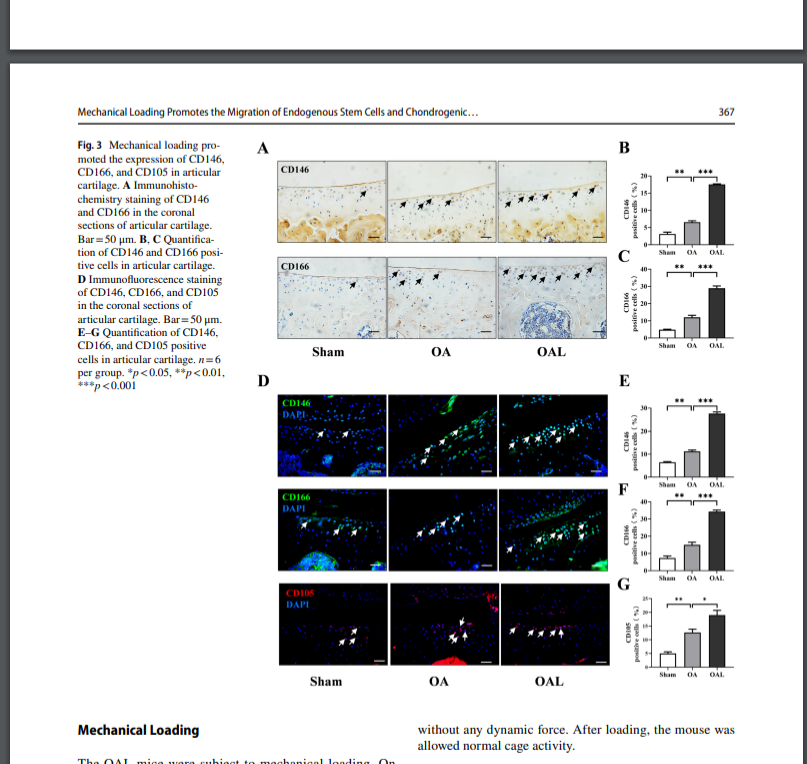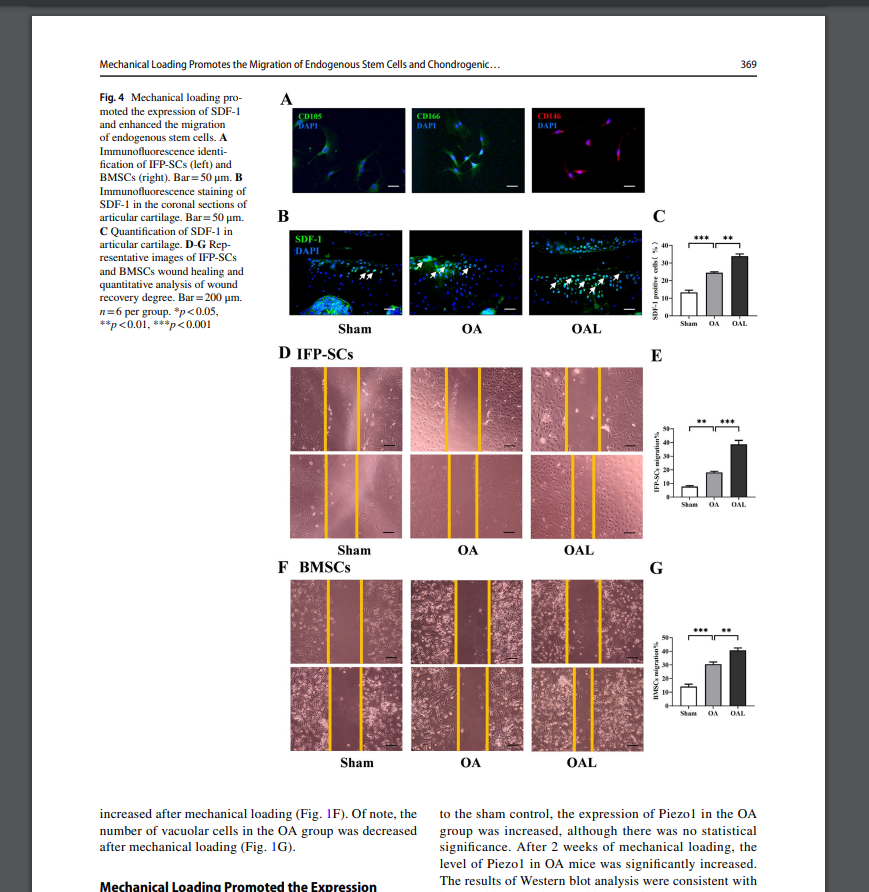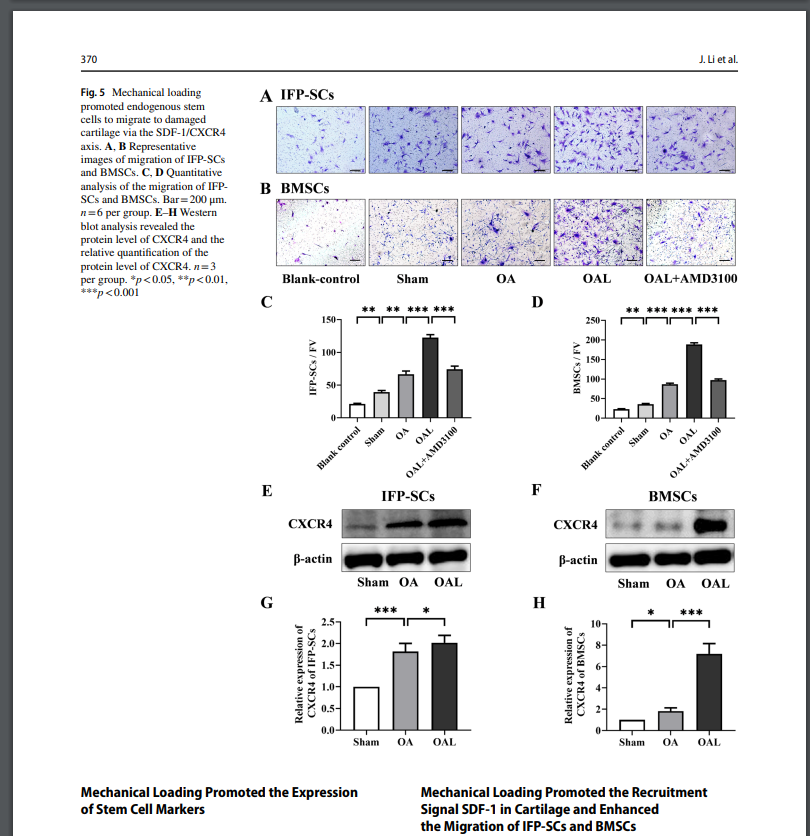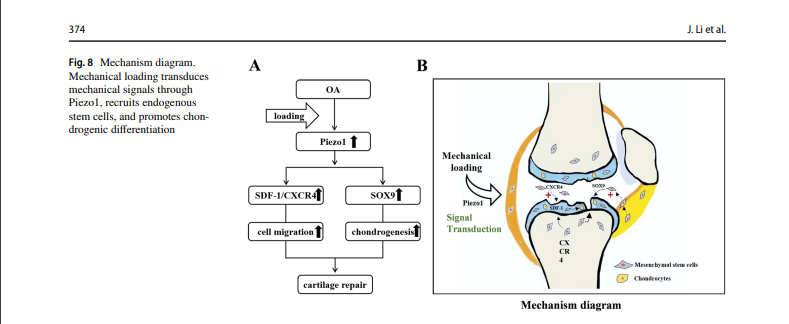This is huge that someone else is doing a LSJL like device it means that something could be close to being put into practice.
“Mechanical loading has been described as having the potential to affect bone growth{we want it to affect bone growth post skeletal maturity of couse}. In order to experimentally study the potential clinical applications of mechanical loading as a novel treatment to locally modulate bone growth, there is a need to develop a portable mechanical loading device enabling studies in small bones. Existing devices are bulky and challenging to transfer within and between laboratories and animal facilities, and they do not offer user-friendly mechanical testing across both ex vivo cultured small bones and in vivo animal models. To address this, we developed a portable loading device comprised of a linear actuator fixed within a stainless-steel frame equipped with suitable structures and interfaces. The actuator, along with the supplied control system, can achieve high-precision force control within the desired force and frequency range, allowing various load application scenarios{the potential would be to use the device to induce longitudinal bone growth on skeletally mature individuals}. To validate the functionality of this new device, proof-of-concept studies were performed in ex vivo cultured rat bones of varying sizes. First, very small fetal metatarsal bones were microdissected and exposed to 0.4 N loading applied at 0.77 Hz for 30 s. When bone lengths were measured after 5 days in culture, loaded bones had grown less than unloaded controls (p < 0.05). Next, fetal rat femur bones were periodically exposed to 0.4 N loading at 0.77 Hz while being cultured ex vivo for 12 days. Interestingly, this loading regimen had the opposite effect on bone growth, i.e., loaded femur bones grew significantly more than unloaded controls{femurs have different proportions than metarsal bones, one possibility is that femur bones shape makes it more susceptible to fluid based forces and pressure gradients, due to the femurs longer shape it is possibly more susceptible to deforming forces than metatarsals}. These findings suggest that complex relationships between longitudinal bone growth and mechanical loading can be determined using this device. We conclude that our new portable mechanical loading device allows experimental studies in small bones of varying sizes, which may facilitate further preclinical studies exploring the potential clinical applications of mechanical loading.”
“two use-cases were devised: repetitive impact loading of small force (0.05–0.5 N) at a range of 30–180 repetitions and continuous sinusoidal loading of medium force (0.5–5 N) at a frequency range of 5–20 Hz.”<-something like a massage gun does something similar of repetitive impact loading.
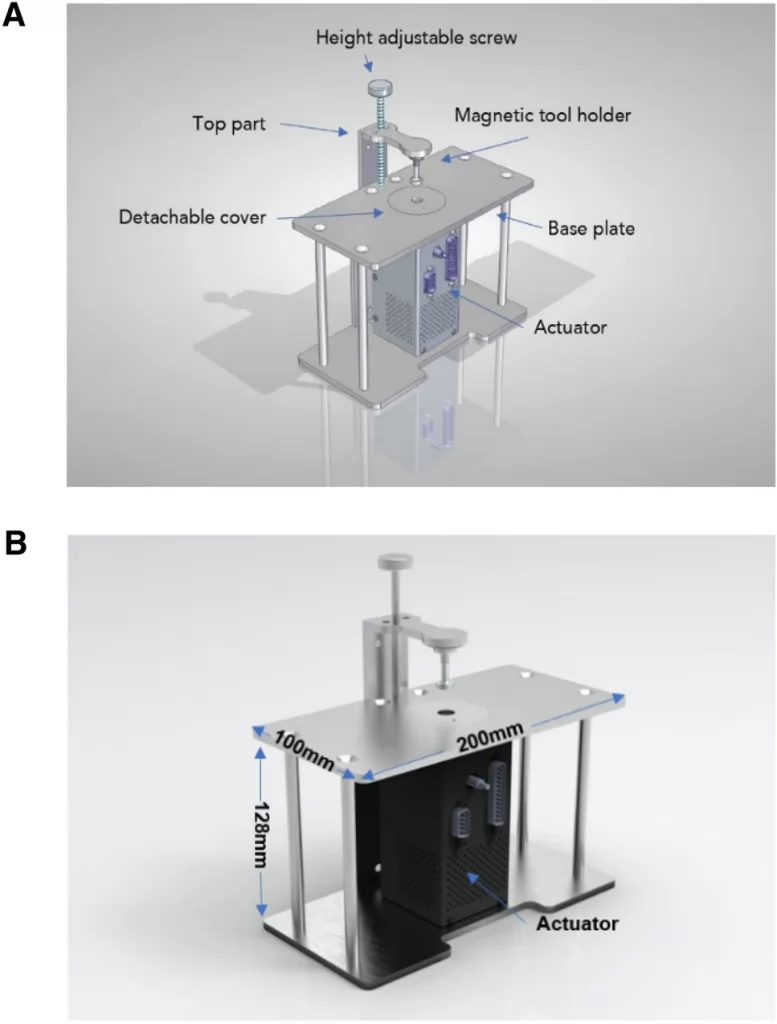
Above is the device used.
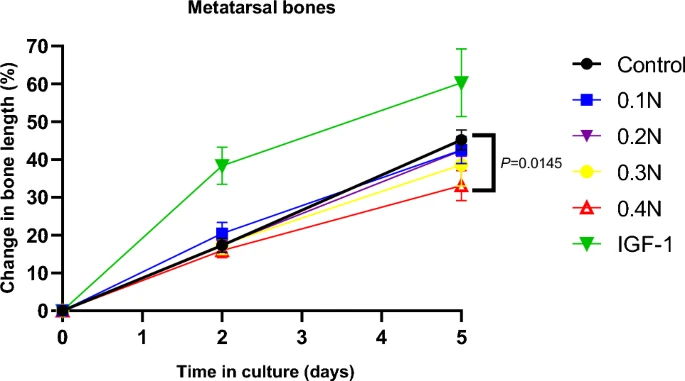
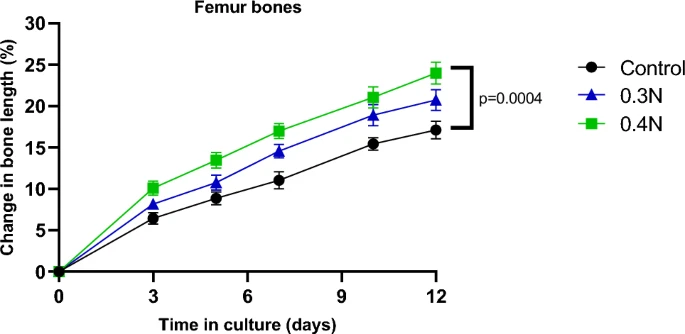
“Its square shape securely covers the entire cartilage area on each side of the embryonic femur bone, allowing the indenter to apply mechanical loading specifically to the growth plate in a stable manner.”<-just because the growth plate was the thing that was loaded does not necessarily mean that the growth plate was solely responsible for the growth there could be effects elsewhere as well including that which induces longitudinal bone growth.
“we identified that the same load applied to bones of different dimensions has opposing effects on bone growth, suggesting that the effects of mechanical loading on growth are dependent on the magnitudes and relative dimensions of the bones.”<-so they too think that the shape of the bone has an impact on whether growth is induced or not. The fact that the shape of the bones matter also suggests that yes it is possible that not all of the growth is due to the growth plate.
“Embryonic metatarsal bones from Day 19.5 of gestation are approximately 1 mm in length, whereas femur bones are approximately 4 mm, indicating that the level of mechanical loading that stimulates or inhibits bone growth is likely dependent on bone size.”
This is the sentence where the cite Yokota/Zhang’s joint loading study: ” The device’s controller enables sinusoidal loading, which has been demonstrated to have a bone growth-promoting effect in mice “

